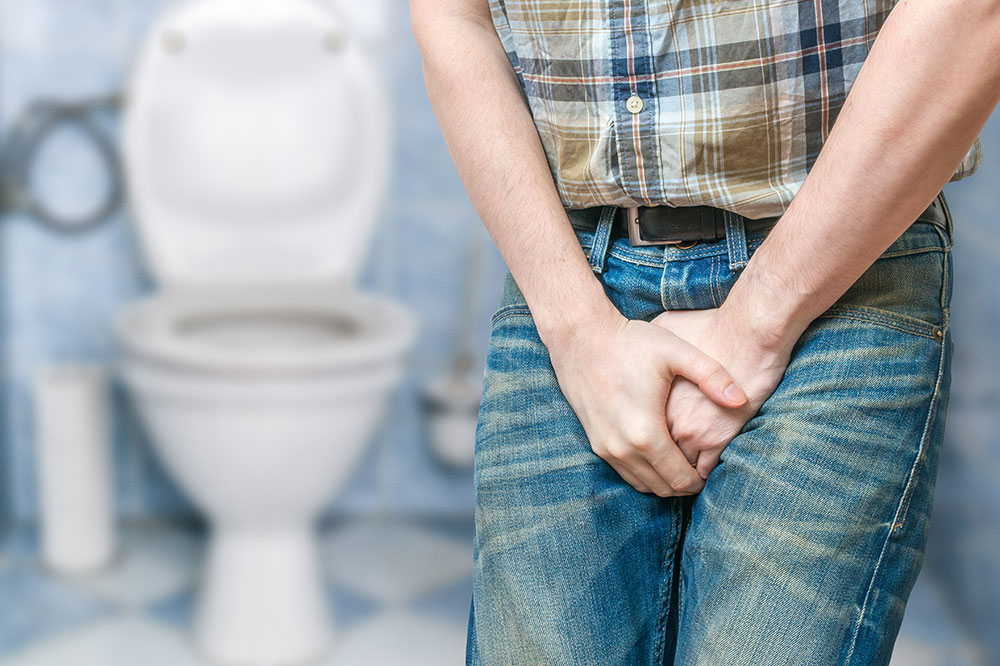Understanding the Significance of the Stool Color Chart
This comprehensive guide explains the stool color chart, highlighting how different stool colors can indicate various health conditions. It covers causes of color changes, normal and abnormal stools, and emphasizes consulting a healthcare professional for accurate diagnosis. Understanding stool appearance is a simple yet valuable way to monitor your health and recognize when to seek medical help.

Understanding the Significance of the Stool Color Chart
Our stool serves as an important indicator of overall health. Recognizing how to interpret stool appearances can help you identify potential health issues early on.
The stool color chart simplifies understanding various stool colors and their possible health implications. While it doesn't diagnose specific conditions, it offers insights into potential underlying problems that may require medical attention.
The chart highlights common causes for changes in stool color, including medication effects, diet, and health conditions.
Common reasons for stool color variations include:
Medications, including over-the-counter drugs, can alter stool color.
Diarrhea frequently causes color changes.
Alcohol consumption may influence stool appearance.
Hemorrhoids can result in different stool colors.
Eating large amounts of green vegetables or beets can turn stool green or red.
Stool colors in the chart:
Normal stool typically ranges from light to dark brown, with medium brown indicating good health.
Green: Green stool may result from medication or high intake of leafy greens.
Light white: Pale or white stool suggests bile flow obstruction or low bile salt production.
Red: Red stool may signal hemorrhoids, infections, or bleeding internally, requiring prompt medical attention.
Black: Black stool often indicates gastrointestinal bleeding, iron supplements, or alcohol excess. It warrants immediate consultation if accompanied by symptoms like pain or vomiting.
Remember, stool color alone doesn't diagnose health issues—consult your healthcare provider for comprehensive evaluation.










